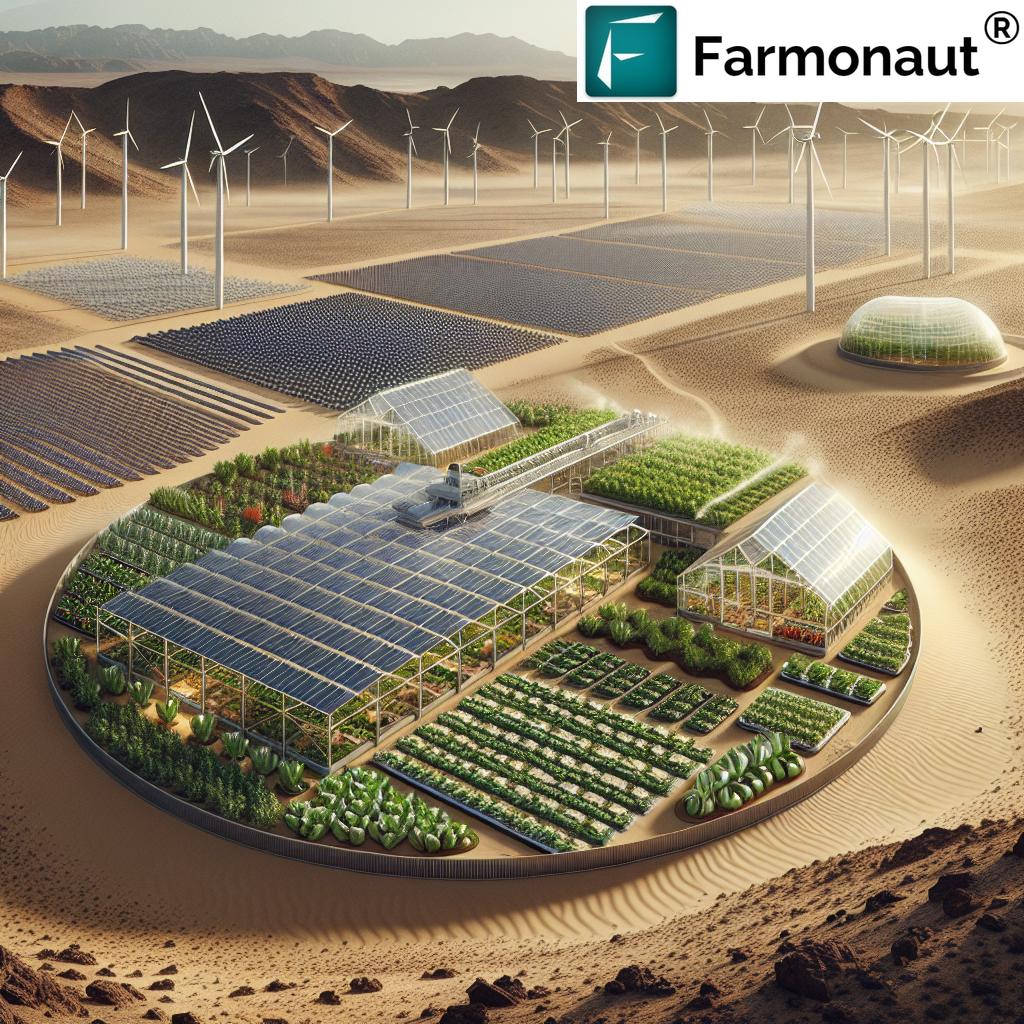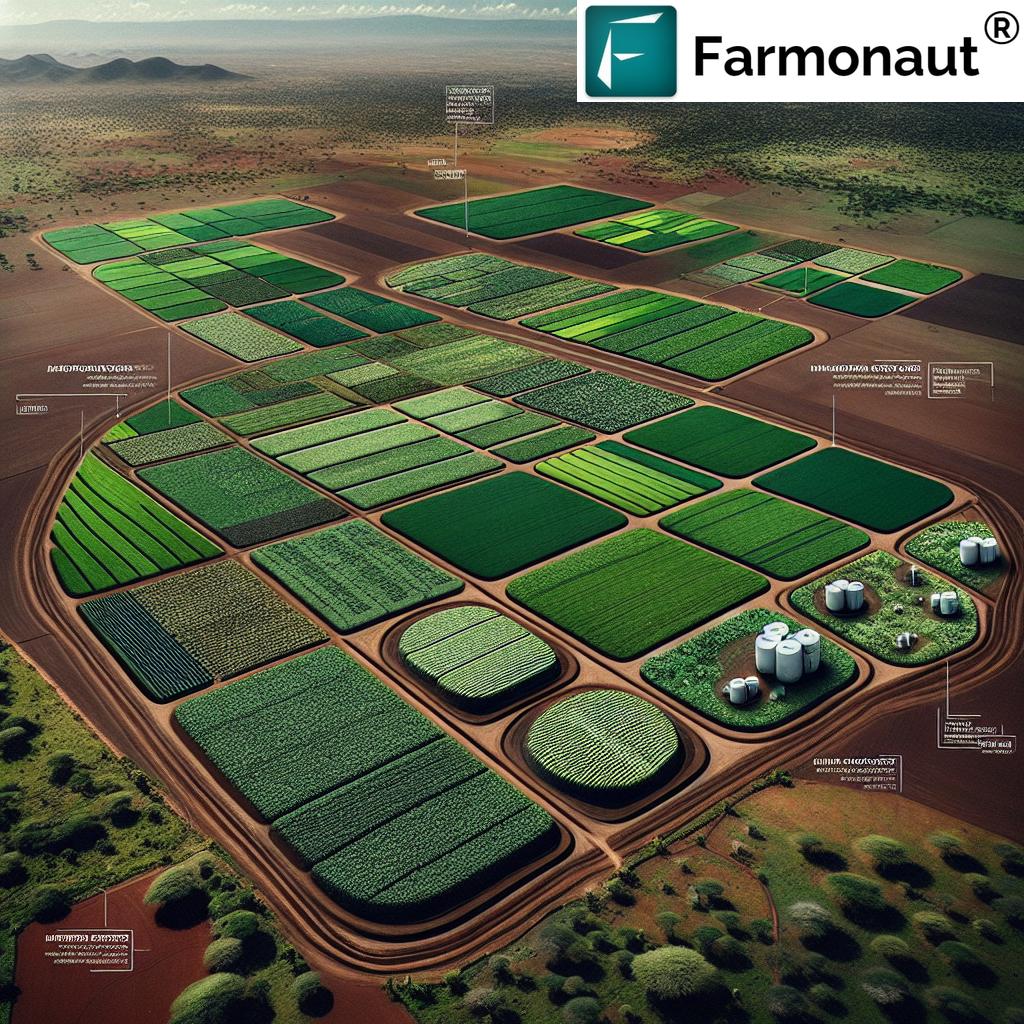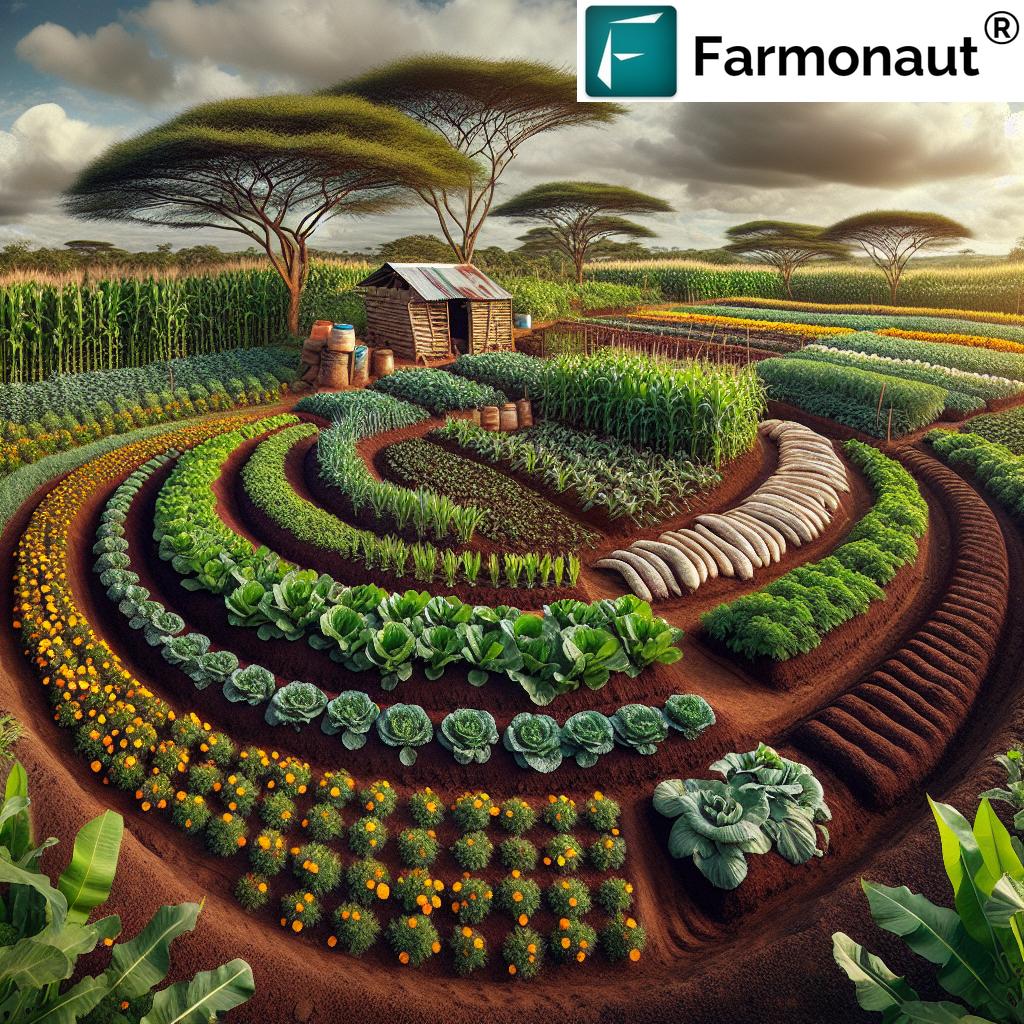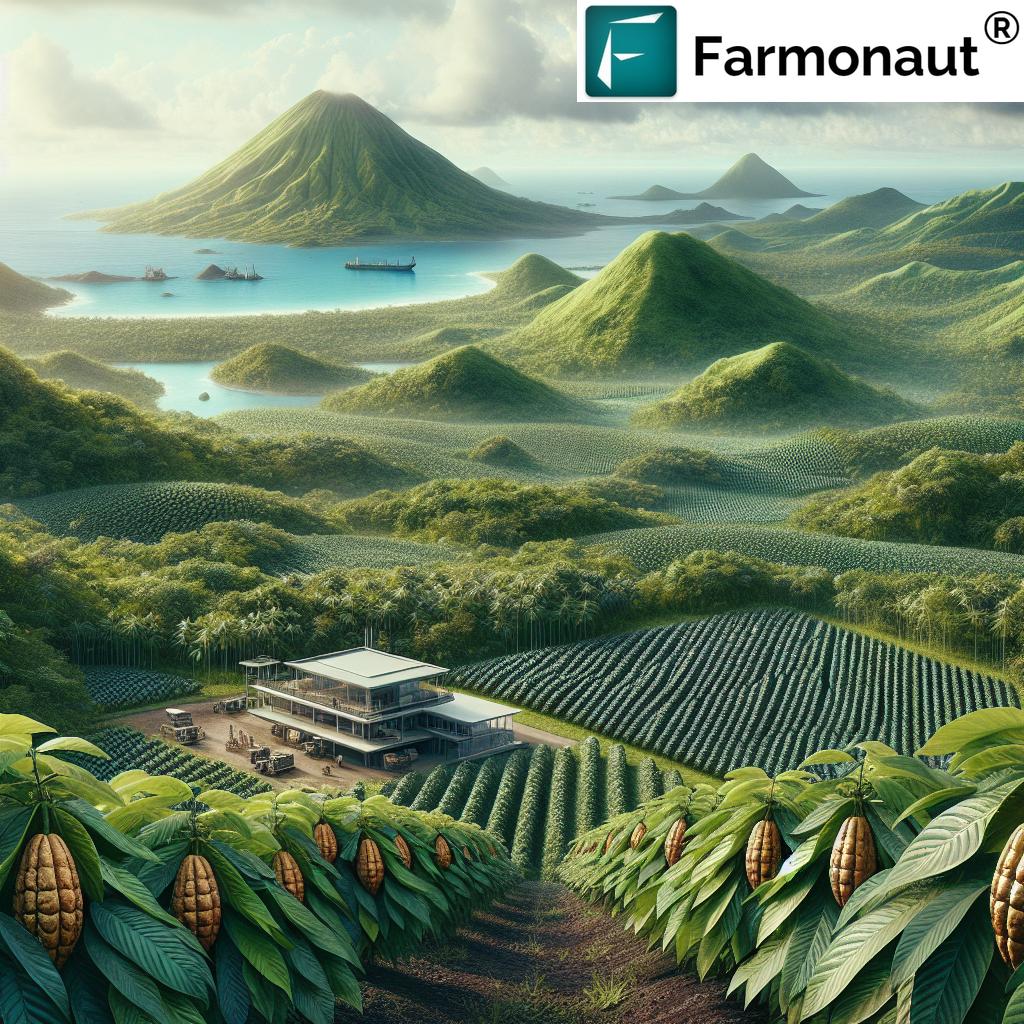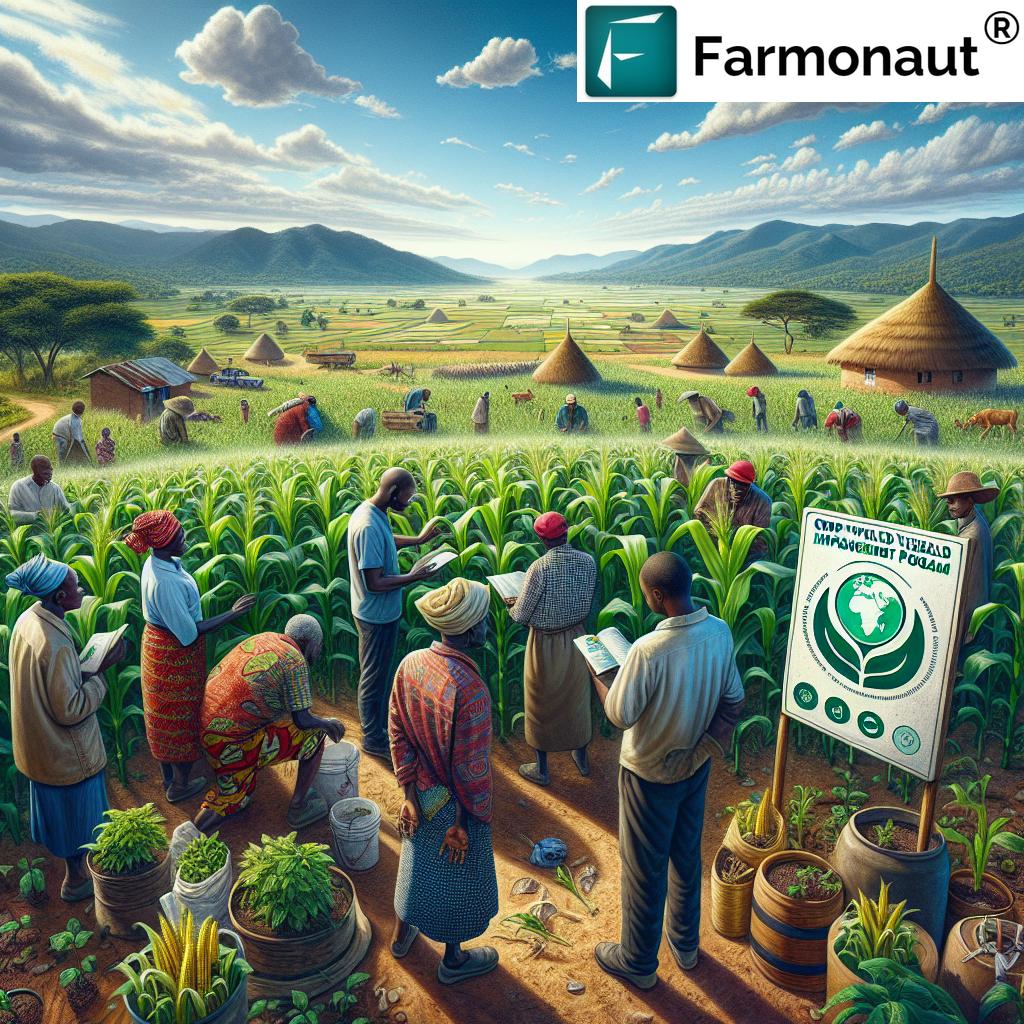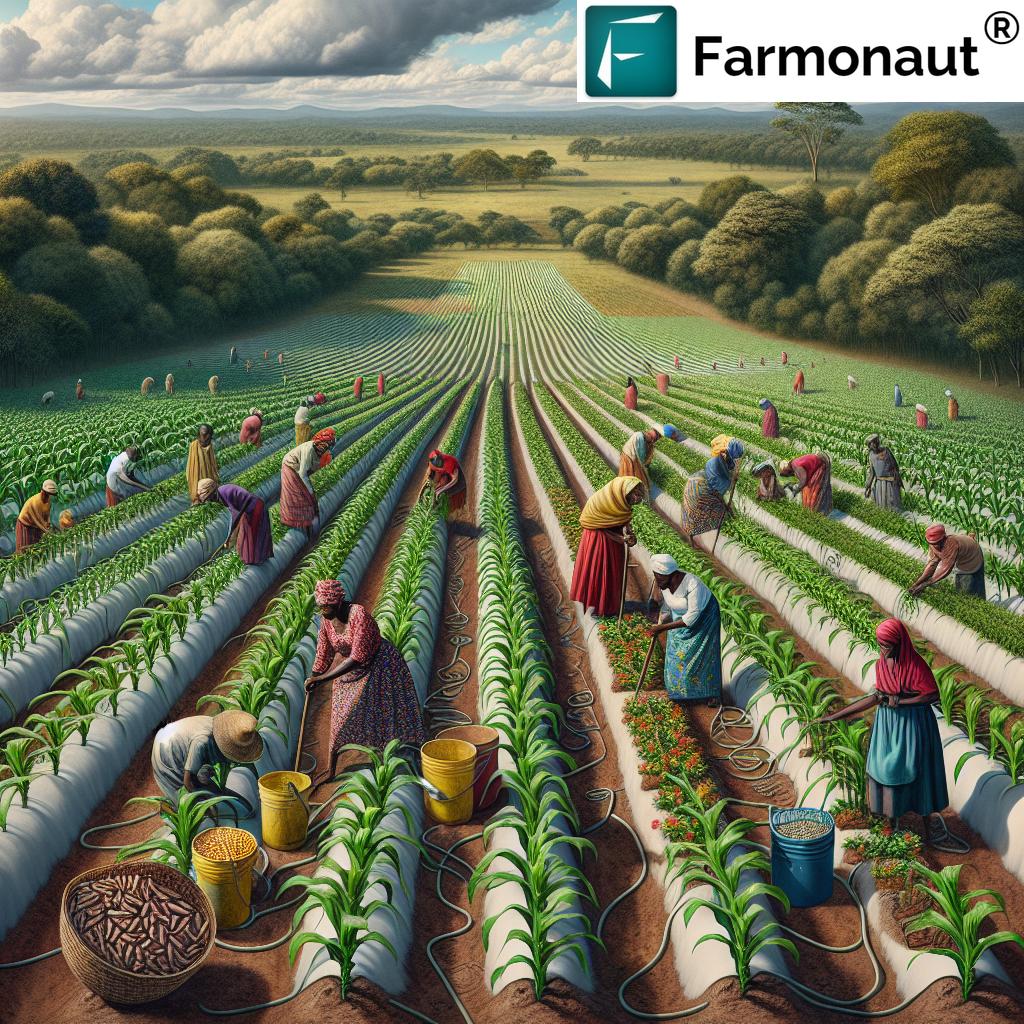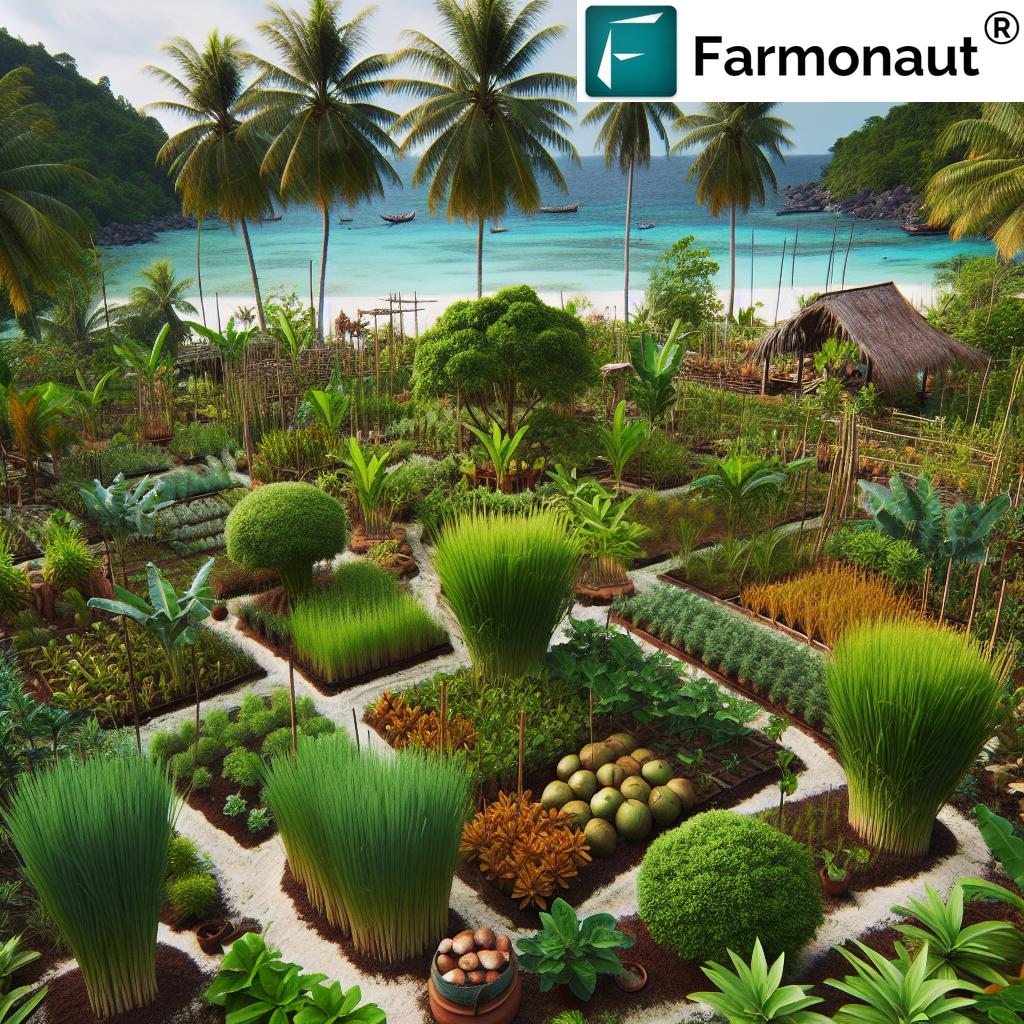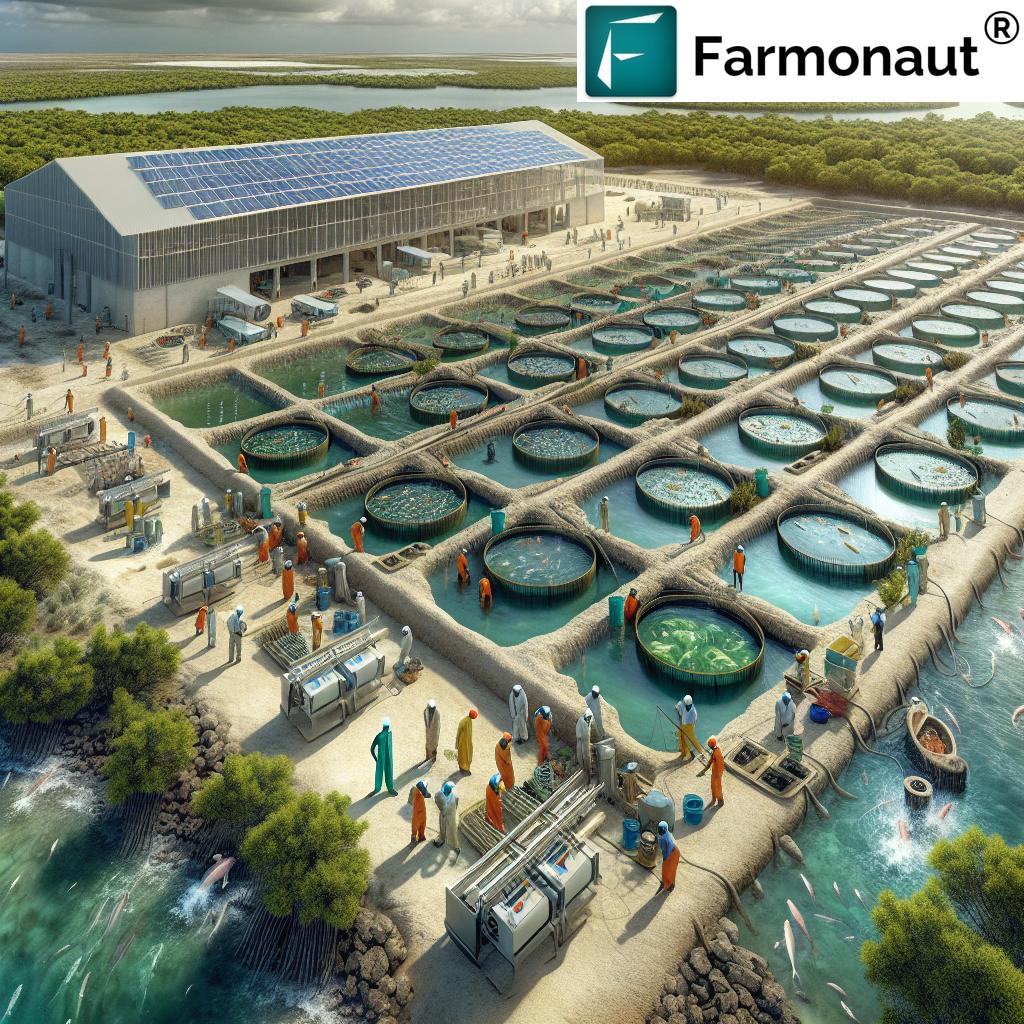Green Hydrogen: 7 Ways Namibia Leads Desert Farming
“Namibia’s desert farming pilot uses 100% renewable energy, combining solar, wind, and green hydrogen for sustainable food production.”
Introduction: Namibia’s Green Hydrogen Revolution
In the heart of southern Africa, Namibia is blazing a sustainable trail for the continent’s arid regions by harnessing green hydrogen—together with solar and wind energy—to revolutionize desert farming and set a new benchmark for net zero village projects in Africa.
As Windhoek emerges as a hub of research and innovation, pioneering teams are growing vegetables—including tomatoes, cucumbers, peppers, and leafy greens—in hydroponic greenhouses, entirely aided by green ammonia fertiliser made on-site via clean, renewable energy. In this blog, we present a comprehensive exploration of how the Daures Green Hydrogen Village sets new standards in sustainable food production in Africa, efficient water recycling, and economic independence for local communities. As we step through the seven core ways Namibia leads, let’s discover how their journey is redefining desert agriculture with renewable energy.
Why Namibia? The Environmental and Economic Imperative
Namibia is among the most arid countries in Africa. With vast stretches of desert—the Erongo region, in particular, being water-stressed—reliable food security is threatened by both climate and geography. These challenges have historically led to dependency on imported fertiliser and food, heightening domestic food insecurity.
However, Namibia’s exceptional solar and wind resources have positioned it as an emerging leader in green hydrogen and ammonia production, especially for agriculture in harsh environments.
The Daures Green Hydrogen Village is at the heart of this transition, with a vision to:
- Tackle food insecurity via homegrown, high-yield crops
- Reduce dependence on imported resources by producing ammonia fertilizer independently
- Promote sustainable livelihoods and create long-term jobs locally
- Lead Africa by example through net zero village projects that incorporate renewable energy, water recycling, and advanced farming infrastructure
1. Green Hydrogen Production in Namibia: Fueling Net Zero Desert Farming
At the core of the Daures pilot lies green hydrogen production in Namibia. Unlike conventional hydrogen, which is usually derived from fossil fuels, green hydrogen is produced via the electrolysis of water using power generated from renewable sources—mostly solar and wind in this region.
In the Daures village:
- Solar panels (0.75 megawatt capacity) and two wind turbines generate clean electricity
- This energy powers an electrolyser that splits borehole water into hydrogen and oxygen
- The hydrogen is then synthesized with nitrogen from the air into green ammonia fertilizer
This process is fossil fuel free at every stage, ensuring that Namibia’s agriculture can genuinely lay claim to net zero emissions.
By focusing on local production and use of hydrogen and ammonia, we can support sustainable agriculture and drive forward a circular economy that keeps resources within Namibia, builds resilience to market shocks, and leads Africa in clean innovation.
2. Solar and Wind Powered Agriculture: Embracing Namibia’s Renewable Potential
Namibia’s—particularly the Erongo region’s—and Africa’s abundant solar and wind resources underpin efforts to build a resilient agricultural ecosystem.
Solar and wind powered agriculture means that:
- All core systems (electrolysis, ammonia synthesis, greenhouse operations) run on sustainable, locally-sourced energy
- Operations are insulated from fossil fuel price volatility
- The environmental footprint is drastically reduced, setting the stage for long-term farm sustainability
The pilot has already proved that yield and resource efficiency are both enhanced by integrating renewables at all levels—paving the way for Namibia’s green hydrogen sector to support Africa’s growing appetite for circular economy agriculture.
Did you know? The wind turbines and solar arrays in Daures are designed to scale, potentially supporting multi-hectare greenhouse clusters in the future phase of expansion.
3. Green Ammonia Fertilizer: Transforming Crop Nutrition in the Desert
Globally, over 80% of industrial ammonia is used in fertilizer production. Traditionally, this involves natural gas and releases large amounts of CO2. But in Namibia’s Daures village, green ammonia fertilizer is produced on-site, powered entirely by wind and solar.
Benefits include:
- Seamless fertilizer supply for local food production, addressing domestic food insecurity
- Zero reliance on fossil fuel imports, lowering costs and reducing market vulnerability
- On-demand, closed-loop integration with hydroponics and soil-less farming
- Significantly reduced carbon emissions, positioning Namibia at the forefront of net zero initiatives in Africa
By supporting crop production with green hydrogen and ammonia, we empower a truly sustainable food production Africa model that is scalable, export-ready, and climate-resilient.
Quick fact: The next phase aims to deliver 100 tonnes of green ammonia fertilizer annually—enough to replace a significant portion of Namibia’s imports and potentially serve regional export markets.
4. Hydroponic Vegetable Farming and Water Recycling in Greenhouse Systems
In the harsh Namibian desert, water conservation is vital. The Daures village showcases a fully hydroponic vegetable farming system, where plants are grown without soil and nourished by mineral salts dissolved in water.
This high-tech approach is combined with leading-edge water recycling in greenhouse farming:
- A unique spaghetti irrigation system delivers water and fertilizer directly to plant roots
- Surplus/runoff water is collected, sterilized, and recirculated—achieving over 90% water use efficiency
- Advanced desalination systems enable irrigation using local borehole water, ensuring no fresh resource is wasted
The outcome? Substantially reduced water wastage compared to conventional agriculture, even while achieving yields above global averages. For instance, a single greenhouse-grown cucumber plant in Daures can produce up to 18 fruits at once—a testament to the power of integrated green technology.
These cutting-edge systems not only support Namibia’s ambition for sustainable food production but also serve as a model for other arid African countries aiming to leverage renewable energy for agriculture.
5. Smart Infrastructure: Automated Irrigation & Butterfly Greenhouses
The Daures Green Hydrogen Village features innovative agricultural infrastructure tailored for Namibia’s harsh desert environment:
- Butterfly greenhouses are designed with “wings” that automatically open and close to regulate temperature and ventilation, ensuring optimal plant growth despite intense heat.
- Automated, spaghetti irrigation ensures every drop of water and fertilizer is utilized efficiently, with immediate recycling of unused resources.
- Advanced sensors and climate controls facilitate consistent yields and resource-efficient food production.
For local communities, these improvements drastically boost food yield, create job opportunities, and set a standard for net zero village projects in Africa.
Example: Conventional open-field farming in Namibia often loses up to 70% of irrigation water through evaporation or inefficient delivery, whereas Daures’s hydroponic greenhouses recycle over 90% of all irrigation water, reducing stress on local aquifers and ensuring resource longevity.
6. Scaling Up: From Pilot to Sustainable Food Security Solutions
The Daures initiative isn’t stopping at small-scale demonstration. Key phase 2 targets include:
- Boosting infrastructure to enable annual production of 500 tonnes of food and 100 tonnes of green ammonia
- Increasing local food security by serving the nutritional needs of over 1,000 people sustainably
- Creating jobs and training pathways for the Erongo region, sidestepping the ‘resource curse’ by focusing on human capital and knowledge transfer
These efforts are vital for Namibia’s domestic resilience and regional stability, setting a foundation for potential exports of both green ammonia fertilizers and technological expertise.
The focus on local food security solutions ensures independence from volatile global markets, which remains a unique distinguishing point when compared with Egypt, Morocco, or other African competitors prioritizing export-led hydrogen plans.
How does this benefit the continent? As other African nations watch Namibia’s progress, successful scale-up serves as proof that sustainable food production Africa is both feasible and replicable even in the most challenging desert environments.
7. Circular Economy Agriculture: Reducing Imports, Enhancing Local Security
Daures Green Hydrogen Village embodies the principles of circular economy agriculture:
- All critical inputs—fertilizer, energy, water—are produced, recycled, and re-used locally
- Food is consumed within the community, generating income and minimizing transport emissions
- The value chain stays within Namibia, fostering economic resilience
- Future expansions may explore value-added industries—such as green synthetic fuels and climate-friendly commodity exports, which build on the established green infrastructure
On a global scale, Namibia’s model is proving that African solutions—rooted in well-planned, locally sustainable, renewable systems—can outperform or compete with Egypt, Morocco, and even Europe in terms of environmental, economic, and food security impact.
Farmonaut & Desert Agriculture: Smarter Decisions with Satellite Data
As we reimagine desert agriculture, real-time data-driven solutions ensure farmers stay sustainable and profitable. Farmonaut’s Carbon Footprinting platform gives agribusinesses and communities the tools to monitor their emissions, optimize resource use, and demonstrate sustainable impact—an essential advantage for anyone establishing or operating net zero agricultural villages in Africa.
Interested in traceability for your produce? See how Farmonaut’s blockchain-based traceability solutions empower agri supply chains, ensuring complete transparency from desert greenhouse to market.
Ready to try? Access advanced agricultural insights on your web or mobile device, or integrate satellite and weather data with your projects using the Farmonaut API and API Developer Documentation.
Comparative Benefits Table: Namibia’s Green Hydrogen Integration vs Traditional Desert Agriculture
To understand the extraordinary gains of desert agriculture with renewable energy in Namibia, we present an at-a-glance comparison:
| Practice/Technology | Energy Source | Estimated Water Savings (%) |
Estimated Food Yield Increase (%) |
Carbon Emissions Reduction (%) |
Sustainability Impact |
|---|---|---|---|---|---|
| Traditional Irrigation | Diesel/Electric Grid | 0–10% | Baseline | 0% | High water stress, carbon intensive, low resilience |
| Solar-Powered Irrigation | Solar | ~20–30% | +10% | ~30% | Renewable, reduced emissions, moderate efficiency |
| Wind-Powered Irrigation | Wind | ~30% | +15% | ~40% | Clean energy, resilient but not fully closed-loop |
| Green Hydrogen Integration (Namibia Model) | Solar, Wind, Green Hydrogen |
↑ 90% | ↑ 40% | ↑ 90% | Net zero, circular resource use, high food security |
*Percentages represent estimated improvements compared to traditional baseline systems, based on available Daures pilot data and similar green agriculture case studies.
“Over 90% of water in Namibia’s green hydrogen agriculture project is recycled, supporting efficient desert farming and conservation.”
Frequently Asked Questions: Green Hydrogen Desert Agriculture in Namibia
-
What makes Namibia’s desert agriculture project unique in Africa?
Namibia’s Daures Green Hydrogen Village is Africa’s first net zero village that directly integrates green hydrogen, wind, and solar energy to make green ammonia fertilizer for hydroponic crops, in a fully automated, water-recycling greenhouse system. It is unique for prioritizing local food security and circular resource management, rather than focusing solely on exports.
-
What crops are grown with green hydrogen fertilizer in Namibia’s pilot?
The Daures project is currently growing tomatoes, cucumbers, peppers, and various leafy greens in hydroponic greenhouses, all nourished with green ammonia fertilizer.
-
How much water does the project save compared to traditional farming?
Over 90% of water is recycled within the hydroponic greenhouses, vastly outperforming traditional open-field irrigation, thus preserving scarce desert water resources.
-
How does green hydrogen production work for agriculture?
Renewable energy (wind and solar) splits water molecules via electrolysis to produce hydrogen. This hydrogen then combines with atmospheric nitrogen to synthesize ammonia fertilizer. All energy inputs are renewable, making the process carbon neutral.
-
Will Namibia export green hydrogen or focus on local use?
The initial strategy is to meet domestic needs for fertilizer and food, boosting local food security and self-sufficiency. Exports may follow once domestic challenges are addressed.
-
What is a butterfly greenhouse?
It’s an advanced greenhouse design with wings (roof flaps) that open and close to allow natural ventilation, ideal for Namibia’s hot, dry environment while maximizing energy and water efficiency.
-
Are there environmental risks?
Potential risks such as land use, water sourcing, or impacts on local biodiversity exist, but are addressed by careful site selection (favoring low-biodiversity zones) and advanced recycling systems within the project.
-
How do Farmonaut services fit the needs of high-tech desert agriculture?
Farmonaut’s crop health monitoring, carbon footprinting, and product traceability tools help farmers and agribusinesses optimize resources, track environmental impact, and ensure transparent supply chains—all crucial for net zero, sustainable desert farming projects.
Farmonaut Subscription Plans
Farmonaut offers affordable, scalable subscriptions for precision agriculture insights—helping farms in desert and non-desert environments globally optimize irrigation, fertilizer, and crop health using the latest satellite, AI, and blockchain technology.
Conclusion: Namibia and the Future of Sustainable Food Production
Namibia’s daring leap to a net zero desert farming village is setting a new global benchmark for climate-smart agriculture, local food security, and circular economy agriculture. Through the seamless integration of green hydrogen, solar, and wind power, Namibian researchers and communities are demonstrating that even the world’s driest landscapes can become productive, resilient food baskets.
As we look to the future, lessons from Namibia’s Daures Green Hydrogen Village promise hope not only for Africa but for all regions combating water scarcity and rising food insecurity. By investing in innovative technologies, resource management, and sustainable energy use, and by taking inspiration from precision platforms like Farmonaut, we stand ready to tackle our planet’s most pressing food and environmental challenges—together.

